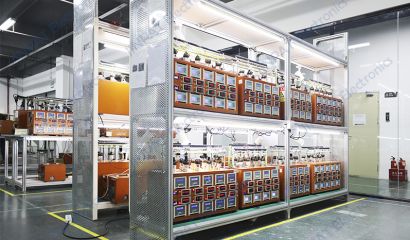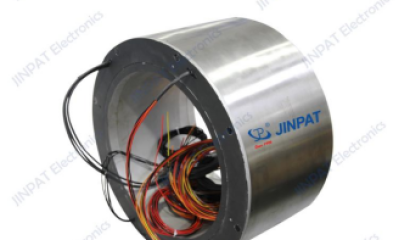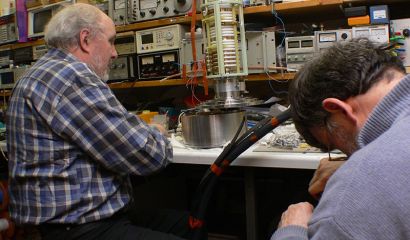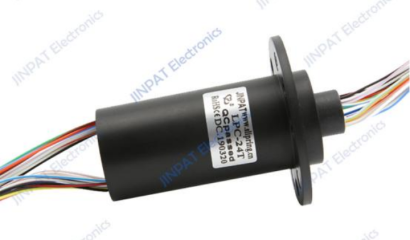JINPAT slip rings inject reliable connections into the core of aircraft
With its split design, aviation-grade materials, and wide temperature performance, the JINPAT LPS118-0220 slip ring effectively solves the problem of rotary connection in aircraft engines, providing key technical support for engine health management and flight safety.
2025-10-16 10:50 by admin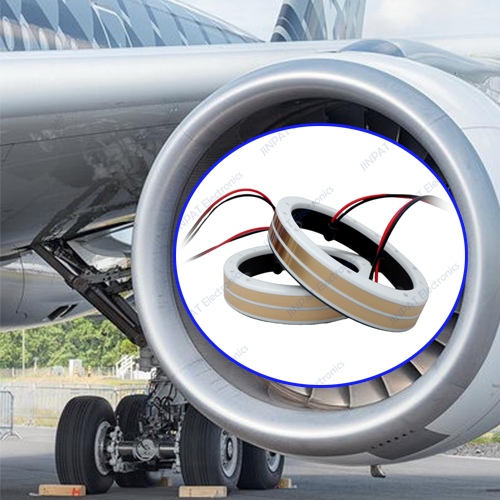
Modern aircraft engines rely on numerous sensors for real-time status monitoring. These sensors are located on high-speed rotating components, while the data processing unit is fixed to the stationary casing. The core value of the JINPAT LPS118 slip ring is to establish an extremely reliable power and data signal transmission channel between the rotating and stationary components of the engine, ensuring the seamless flow of critical information.

The LPS118 is designed to precisely meet the stringent requirements of aircraft engines:
1. Separate Design: The rotor and stator are separated, enabling easy integration into the engine shafting, significantly simplifying installation and maintenance, and reducing lifecycle costs.
2. Aviation-Grade Materials: The housing is constructed of high-strength 7075 aluminum alloy and anodized, achieving a perfect combination of lightweight and high strength, capable of withstanding the intense vibration and corrosive environment of the engine.
3. High-Performance Electrical Contact: The conductive ring is made of a special tin bronze material, ensuring low-noise, high-fidelity signal transmission and long wear life.
4. Wide Operating Temperature Range (-55°C to +85°C): This wide operating temperature range ensures stable operation across the entire flight envelope, from extreme cold at high altitude to high-temperature ground startups.
With its outstanding reliability, environmental adaptability, and ease of maintenance, the JINPAT LPS118 slip ring has become a key component for ensuring intelligent monitoring, predictive maintenance, and flight safety of aircraft engines.





